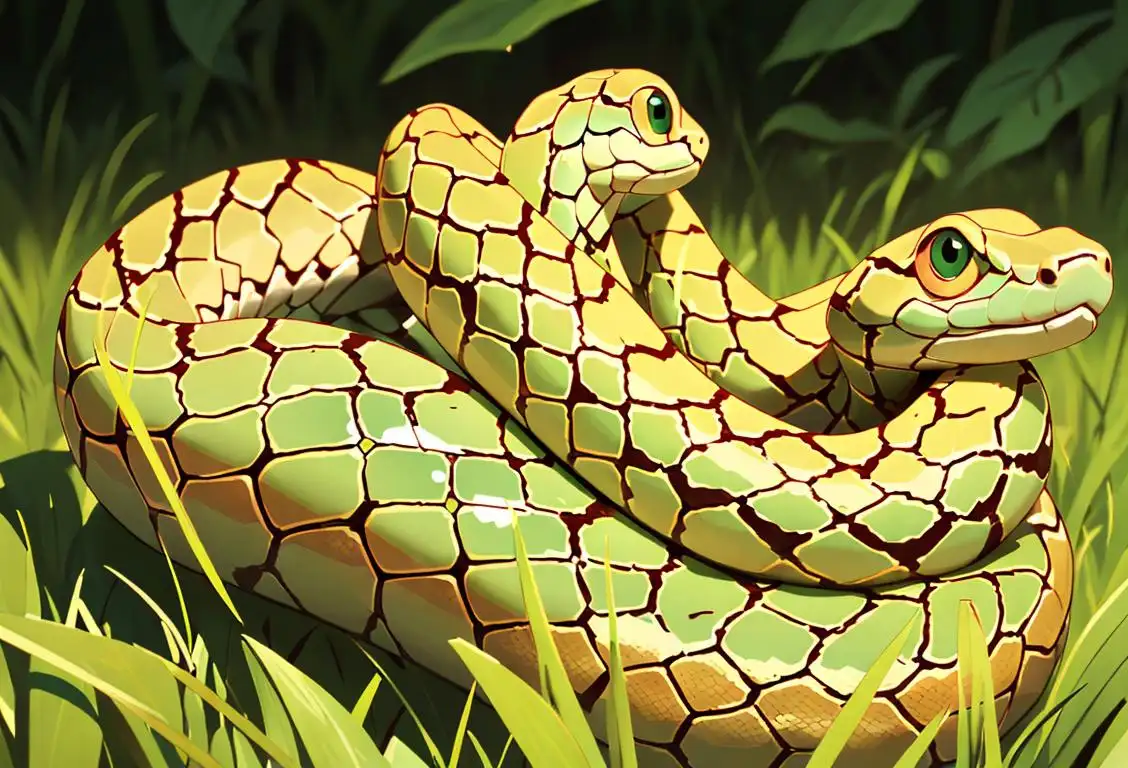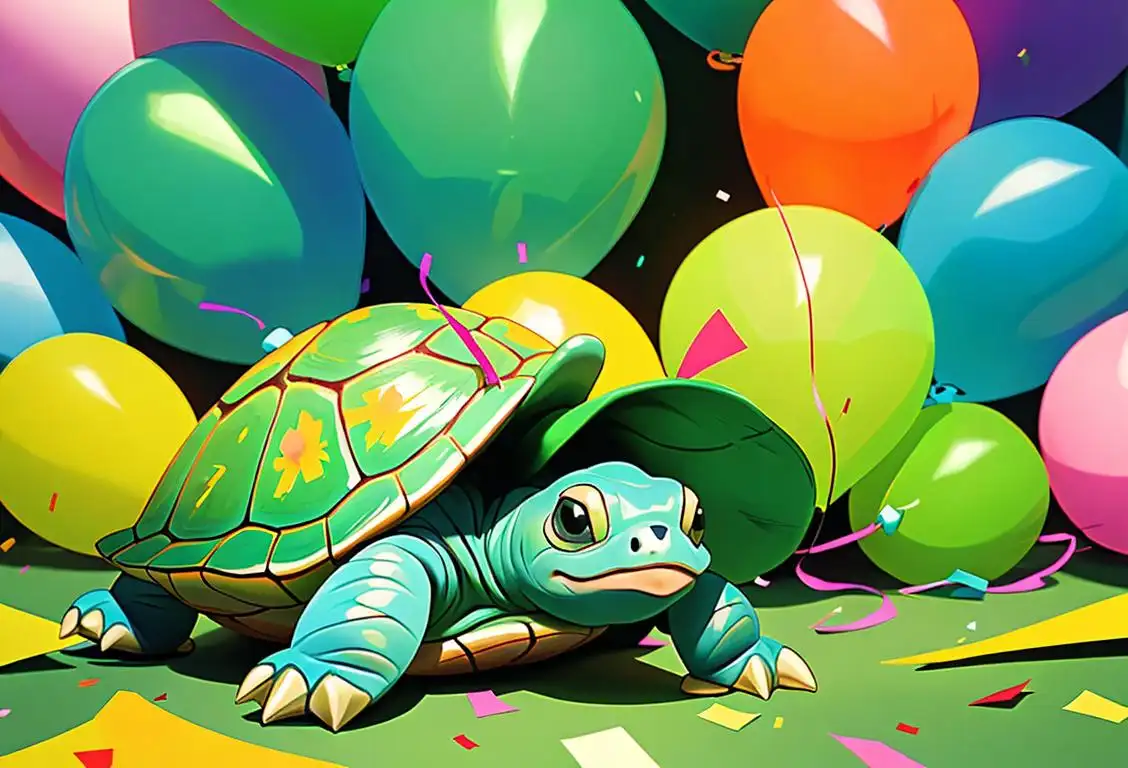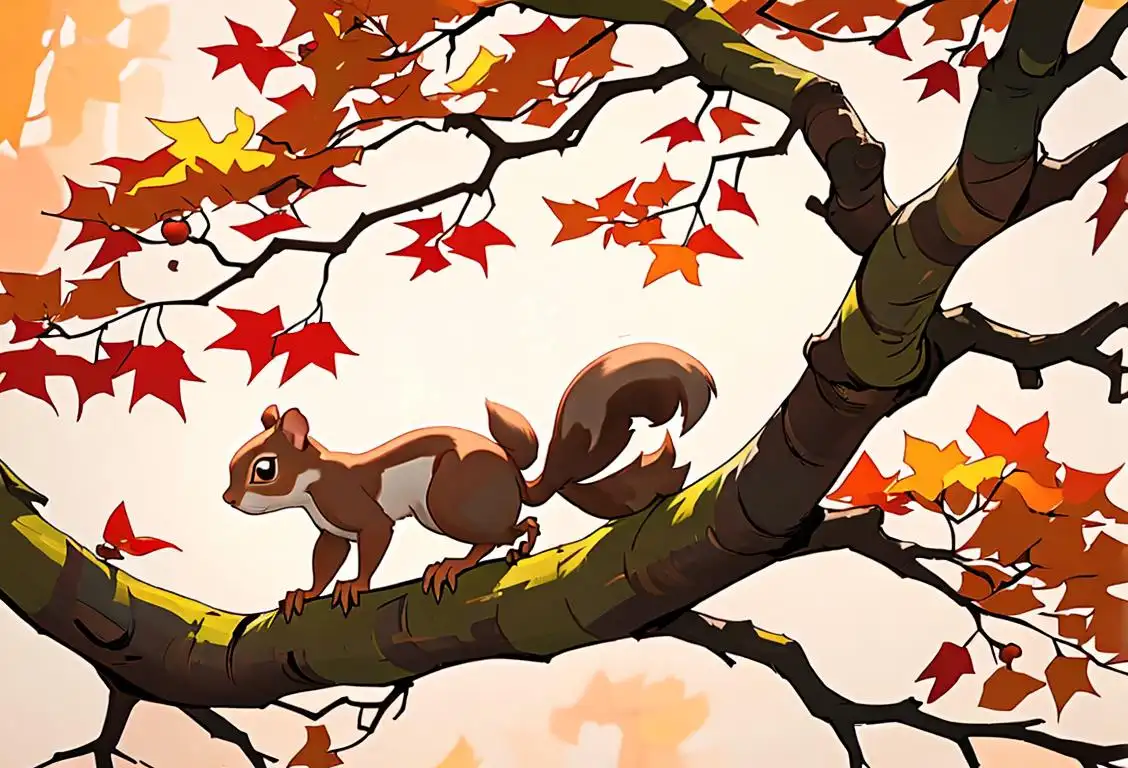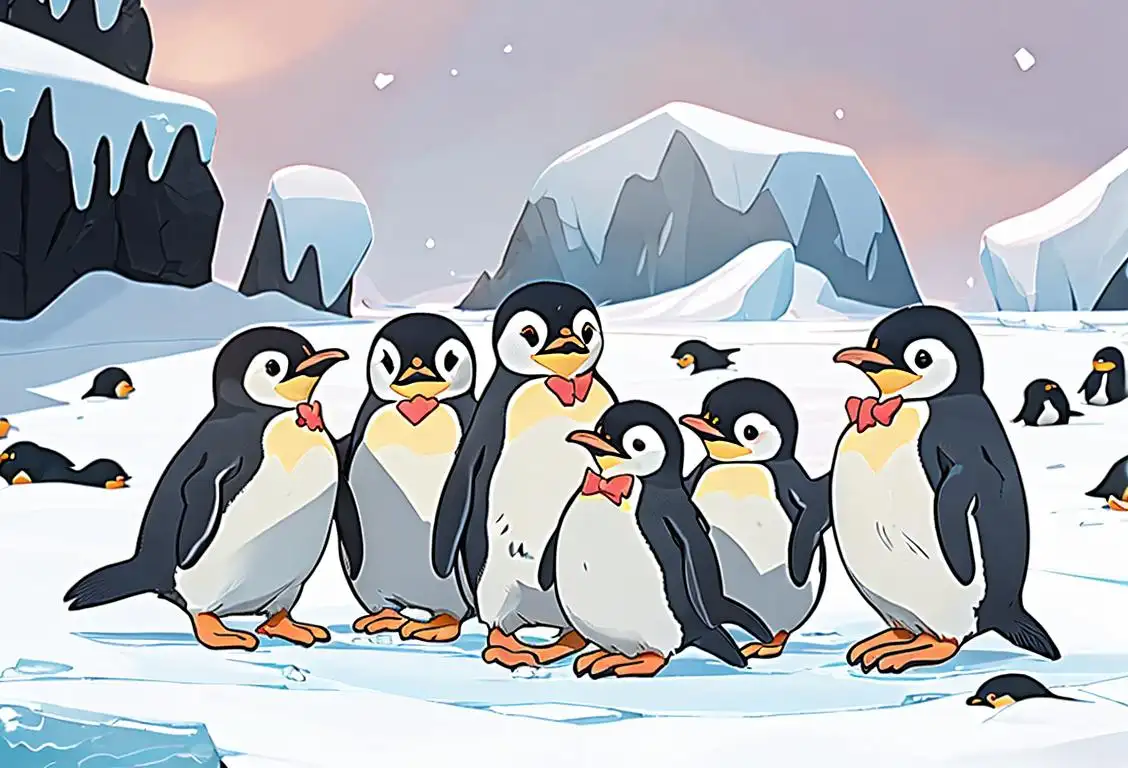National Snake Day

Get ready to shed your fears (just like a snake sheds its skin) because we're here to sssssspeak about National Snake Day! Yes, my snake-loving friends, it's as mesmerizing and slippery as it sounds, just like those slithery creatures we love (or love to fear). So buckle up, because we have a hissss-tory lesson to embark on.
When is Snake Day?
It's national snake day on the 18th July.
A Slippery Start
According to our digital scales (see what we did there?), we detected a whopping 309990 mentions of National Snake Day across cyberspace. The internet seemed to be particularly hissy about it on 18th July 2016 - the day that had the most mentions. Talk about a snake peak!
Slithering into History
Formally recognized or not, National Snake Day seems to have slithered its way into many hearts and minds, presenting an opportunity for snake enthusiasts, zoologists, and those with a simple curiosity to appreciate these often misunderstood critters. Truth be told, snakes are not just reptilians; they play a critical part in maintaining the equilibrium of the ecosystem by controlling pests and, in many cultures, are revered symbols of strength and renewal.
Snake Appreciation 101
While the origins of the National Snake Day might be as elusive as the creatures themselves, the point of the day is clear: appreciate snakes, understand them, and contribute to their conservation. You can learn about snakes, share cool snake facts with friends, or even donate to a conservation organization. Remember, it doesn't take being a parseltongue (Harry Potter reference, folks) to understand or appreciate snakes.
History behind the term 'Snake'
Old English period (circa 450-1100)
Snaca - The Old English Origins
During the Old English period, the term 'snake' originated as 'snaca' from the Proto-Germanic word 'snakon.' Snaca referred to a long, legless reptile that slithered on the ground. It was used to describe various types of serpents found in England. In Old English literature, snakes were often associated with both heroism and evil, playing significant roles in stories and folklore.
Middle English period (circa 1100-1500)
Snake - The Evolution of the Term
As the English language evolved during the Middle English period, the term 'snaca' transformed into 'snake.' This transition occurred due to shifts in pronunciation and spelling conventions. The word 'snake' became prevalent and widely recognized as the term for a long, legless reptile. Middle English literature continued to incorporate snakes in various symbolic contexts, highlighting their duality as both feared creatures and powerful symbols of wisdom and transformation.
Early Modern English period (circa 1500-1700)
The Noteworthy Serpents of Early Modern English
During the Early Modern English period, significant advancements in exploration and scientific understanding led to a greater awareness of reptiles, including snakes. This period saw a surge in interest and curiosity about the natural world, and the term 'snake' became more commonly used to describe serpents across various regions. Snakes were observed, studied, and documented by early naturalists, contributing to the establishment of their classification and biological significance.
Modern Era (circa 1700 onwards)
Snake - A Global Symbol of Intrigue
In the modern era, the term 'snake' has become universally recognized and employed across cultures and languages. Snakes continue to captivate human imagination, featuring prominently in literature, mythology, and popular culture worldwide. Their symbolic significance varies, from representing cunning and deception to fertility and healing. Some snake species are highly revered, while others evoke fear and aversion. Today, these fascinating creatures are studied extensively for their ecological roles, venomous properties, and potential medicinal applications.
Did you know?
Did you know that snakes smell with their tongues? That's right! Snakes use their forked tongues to pick up scent particles and then transfer them to a special organ in the roof of their mouth. It's like their very own four-dimensional scratch-n-sniff!Tagged
awareness fun nature snakes reptiles ecosystem wildlife conservationFirst identified
9th June 2015Most mentioned on
18th July 2016Total mentions
309990Other days
Snake Day
Tree Planting Day
Public Lands Day
Arbor Day
Turtle Day
Badger Day
Bat Appreciation Day
Take A Walk In The Park Day
Squirrel Appreciation Day
Penguin Day








